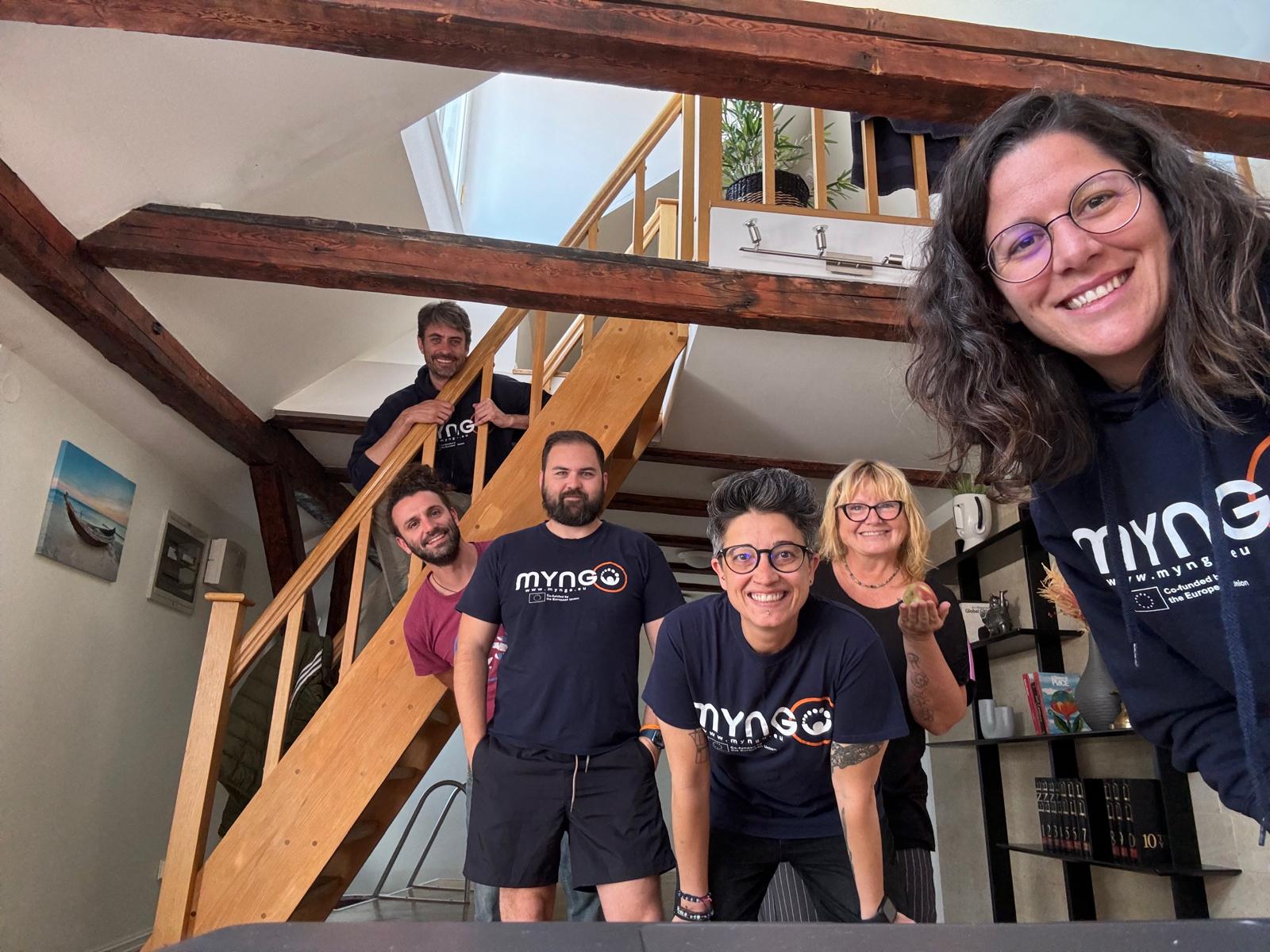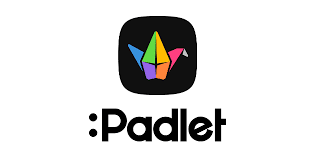Storytelling is a timeless art that has captivated human beings for centuries. In the digital age, storytelling has taken on new dimensions, thanks to the advent of technology and the internet. Digital storytelling has become a powerful medium to convey narratives, share experiences, and engage audiences on a global scale. With the abundance of online tools and platforms available, individuals and organisations now have countless opportunities to harness the power of digital storytelling. In this article, we will explore some of the most effective online methods for digital storytelling.
1. Video Content: Bringing Stories to Life
Video content has revolutionised the way stories are told online. Platforms like YouTube, Vimeo, and social media networks have made it easy for individuals and brands to create and share videos. Video storytelling allows for a dynamic blend of visuals, audio, and narrative, enabling storytellers to convey emotions, capture attention, and engage audiences effectively. From short-form videos on platforms like TikTok to longer narratives on YouTube, video content offers diverse options for digital storytelling.
2. Blogs and Written Narratives: Words That Inspire
While video content dominates the digital landscape, written narratives and blogs still hold a special place in digital storytelling. Blogs offer an avenue for individuals to share personal stories, insights, and experiences in a written format. Platforms such as WordPress, Medium, and personal websites enable storytellers to publish their narratives and connect with a wide range of readers. Written storytelling allows for in-depth exploration, creativity, and the power of imagination, making it an enduring online method.
3. Social Media Platforms: Amplifying Stories
Social media platforms have transformed how stories are shared and consumed online. Platforms like Facebook, Instagram, Twitter, and LinkedIn provide a massive reach to storytellers. These platforms allow for quick and concise storytelling through posts, images, and short videos. Social media storytelling often involves captivating visuals, compelling captions, and the ability to interact with the audience in real-time, making it a powerful tool for digital storytelling.
4. Interactive Experiences: Engaging the Audience
Digital storytelling can be taken to the next level with interactive experiences. These methods allow the audience to actively participate in the narrative, creating a more immersive and engaging storytelling experience. Interactive storytelling can take various forms, such as gamification, quizzes, surveys, and augmented reality (AR) or virtual reality (VR) experiences. These methods foster a deeper connection between the audience and the story, enhancing their overall engagement.
5. Podcasting: The Power of Audio Stories
Audio storytelling through podcasts has gained immense popularity in recent years. Podcasts offer a unique way to tell stories using the power of voice and sound. With platforms like Spotify, Apple Podcasts, and Google Podcasts, anyone can create and distribute their own podcast series. Podcasting allows for long-form conversations, interviews, and audio dramas, providing a deeply personal and intimate storytelling experience.
Digital storytelling has transformed the way narratives are crafted, shared, and experienced online. The diverse range of online methods, including video content, blogs, social media, interactive experiences, and podcasts, offers storytellers countless avenues to connect with their audiences and create meaningful impact. As technology continues to evolve, the possibilities for digital storytelling are only set to expand. Whether you are an individual, brand, or organisation, harnessing the power of digital storytelling can help you inspire, educate, and engage a global audience. So, seize the opportunity, embrace the digital realm, and embark on your own storytelling journey in the digital age.






